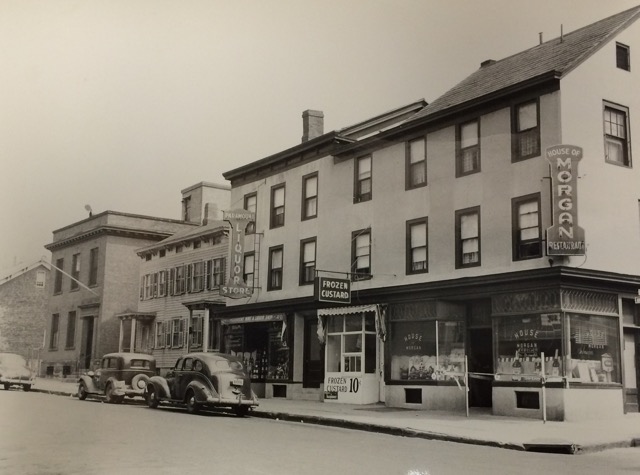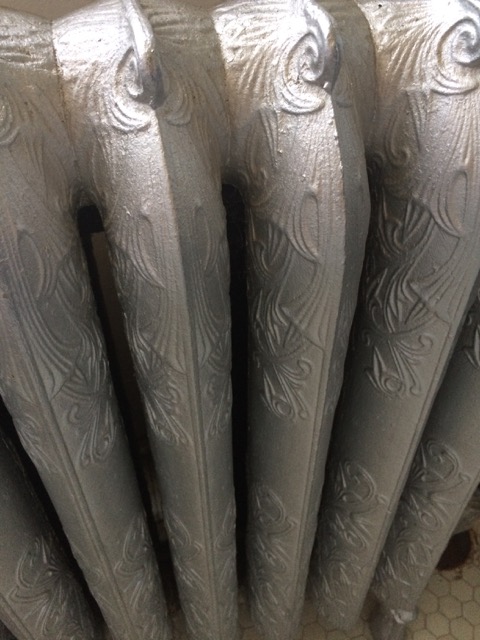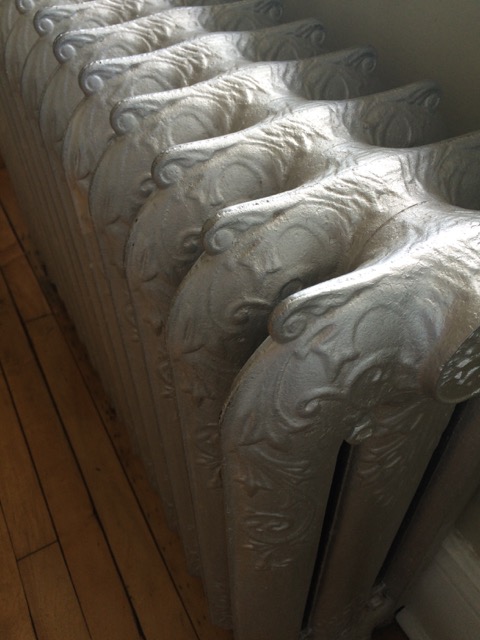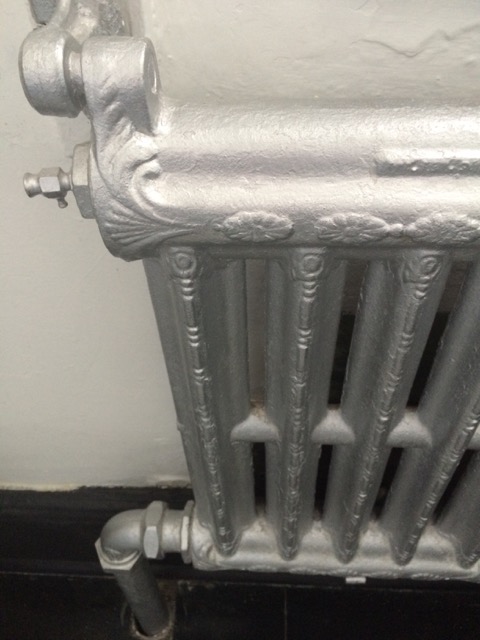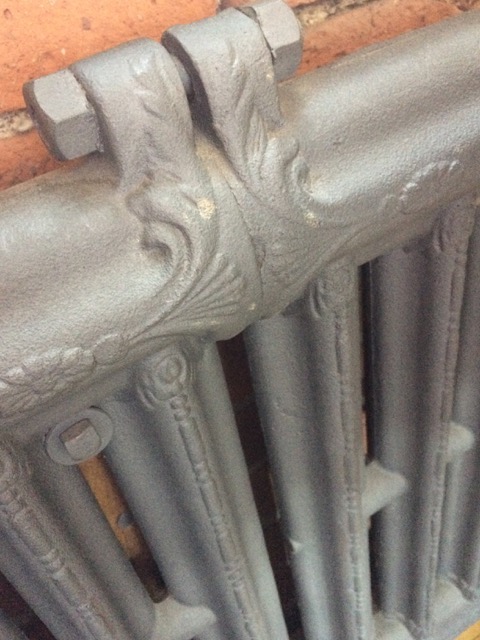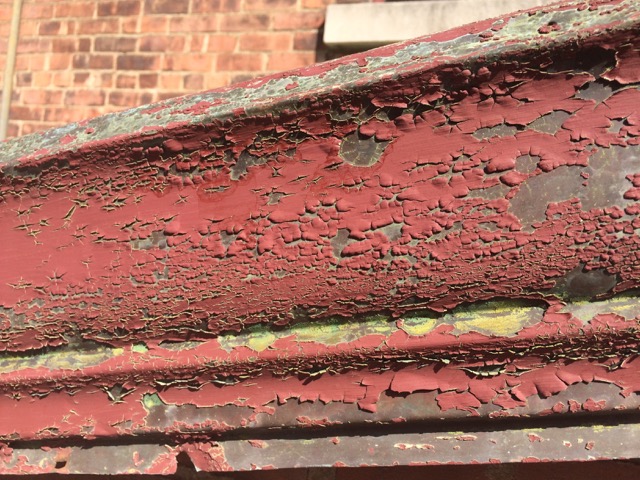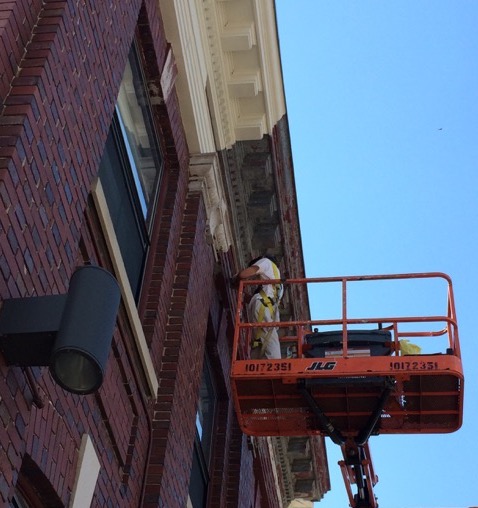The Telephone Building – Unearthing the Past to Create the Future
/This article was written and prepared by Diane Lapis, Trustee of the Beacon Historical Society.
The hand-written signature discovered on a section of window molding in the Telephone Building tells two stories: one of the man who signed it, and the other of the woman who saved it.
Deborah Bigelow was established in the business of conserving antique furniture and decorative arts when she purchased Beacon’s original Telephone Building in 1992. Historic building restoration calls upon the talents of many artisans. Deborah’s passion for fine craftsmanship, as well as her conservation skills, are on view in the impeccable adaptive reuse of this early 20th-century building.
The First Telephone Service in Beacon Conducted from The Telephone Building, 291 Main Street
The Telephone Building, 291 Main Street, circa 2017.
An original telephone in the Hudson Valley with the familiar 914-831 digits.
Photo Credit: Beacon Historical Society
Travel back in time to 1880 when telephone service first arrived in the twin villages of Fishkill Landing and Matteawan (now Beacon). According to the Beacon Historical Society, telephone service started with 37 subscribers who had devices connected to an exchange. As the two villages grew, so did the need for additional access to telephone service. The Hudson River Telephone Company provided the technology, and moved into its new quarters at 291 Main Street in 1907.
It had taken two years to modernize the lines, with over 15 miles of cable and a million feet of wire strung between Fishkill and Beacon. Newly designed phones replaced the old ones, and huge storage batteries, charged by an electric generator in the basement, powered the system. Telephone operators ran a switchboard, connecting calls when a subscriber lifted the receiver off the hook. The first floor of the building had special booths for transient users of the service – a precursor to the modern-day telephone booth.
Beacon's Telephone Building, as replicated on a postcard, circa 1910.
Photo Credit: Beacon Historical Society
Photo Credit: Beacon Historical Society
Not one Telephone Building, But three Sister Buildings
Completed at a cost of $18,000, the modified Italianate masonry structure - faced in brick and trimmed with limestone, bluestone, slate and tin - was considered an important civic building of its day. Campbell & Dempsey, and A. E. Dederick, contractors and builders from Kingston, built both the Beacon structure and a similar one on Brown Street in Peekskill, NY, in 1907. They knew what they were doing: Two years prior, the team had built a larger building on Broadway in Kingston, NY.
All three buildings share common elements, but it was A. E. Dederick’s signature on a section of window molding, found while renovating the bathroom in the Beacon building’s basement, that linked together the construction of the three sister buildings. The Kingston Daily Freeman newspaper reported on the construction of these early communication exchanges by this crew.
Today, only the Beacon building is a thriving concern: The Peekskill office was demolished in 1952, while the Kingston office is used as a storage facility for Verizon.
While the Peekskill and Kingston offices featured the title “TELEPHONE BUILDING” engraved in limestone above the door, the Beacon office’s imposing Roman letters are today made of cast iron, assembled with pins on a 10-foot-long cast iron plaque set in the Main Street cornice. According to Beacon architect Aryeh Siegel, the brick and limestone columns are unique for a Main Street façade, signifying the importance of this civic building. Siegel’s comment directs a passerby's attention to the limestone capitals atop the brick columns and the keystones above the windows and front door, along with the elaborate tin cornice featured along the roofline - all hallmarks of the building’s classical influences.
Ownership History of The Telephone Building
The Telephone Building served the Beacon community for almost 60 years before it was sold to James Letterio, CPA, who operated his accounting business from the location for decades. When Deborah Bigelow purchased it, the building had been in use for roughly 85 years. While the original front doors were gone, the rest of the original work remained intact, though buried under layers of flaking paint, a drop ceiling and linoleum flooring. Prior to renovation, the entire building was featured in a B-rated film called “Super Troopers.” With the building transformed into a police station, the film’s art director judged the old battery room’s flaking paint perfect for some of the scenes. He noted that the “look” of the room was almost impossible to fake.
Restoration of the Telephone Building Since 2003
Since 2003, Deborah has been on a mission to restore the architectural beauty of the building by recovering and saving original material wherever possible. For example, the original oak windows are preserved with their weights, pulleys, and slate sills intact. The building displays other beautiful features such as intricate iron grillwork, elegant cast-iron radiators and staircase, floating maple floors, and brick-lined arched doorways. When Deborah and her crew sandblasted the interior brick, she discovered that the brick came from Dutchess Junction’s own Budd Brick Company (1888-1910). Today, she replaces missing mortar with a version that has been color-matched by Package Pavement in Stormville, NY.
Photo Credit: Beacon Historical Society
The cornice was painted with a sand-filled paint to look like the limestone foundation below and was constructed of galvanized tin fascia and dentils nailed into the brick wall. Paint samples analyzed by the Williamstown Art Conservation Center identified the original materials and colors used in 1907, and this information guided Deborah’s choices during restoration. The icing on the “cornice cake” came when she discovered fragments of original, 24-karat gold leaf on the TELEPHONE BUILDING letters that had eluded sample analysis. A master gilder, Deborah replaced the gold leaf last summer.
Beacon's Telephone Building Today, Circa 2017
Deborah enjoys sharing the beauty of the Telephone Building and its history with her tenants - many of whose 21st-century businesses fittingly involve communication and public service. Among her tenants, Beahive and A Little Beacon Blog occupy the first floor. The second floor includes individual Beahive office spaces, apportioned by shoji screens to provide privacy without loss of light. Deborah’s own business, Gilded Twig, shares the lower-level suite of offices with financial advisor Aaron Verdile.
Now that Beacon is fast-growing and changing, the Telephone Building stands like a stalwart sentinel guarding the past as well as embracing the future. Deborah’s notes and photographic documentation of the building before and after renovation inform its history. Her research will remain part of the building’s, as well as the city’s, historic record.
Live Presentation of the Telephone Building with the Beacon Historical Society
Deborah Bigelow, art conservator, master gilder, and owner of Beacon’s original Telephone Building will talk about her renovation of the building since purchasing it in 1992. Ms. Bigelow will show before and after photographs, artifacts found during its renovation, and offer a glimpse of preservation procedures and the art of gilding. BHS Trustee Diane Lapis will discuss the 1907 building’s architecture and its place in the city’s history. The presentation will take place on Tuesday, November 28, at 7 pm at the Howland Cultural Center, 477 Main St. in Beacon.
Deborah Bigelow up on the boom in 2017, completing her restoration of the cornice of the Telephone Building at 291 Main Street.
Photo Credit: Beacon Historical Society






